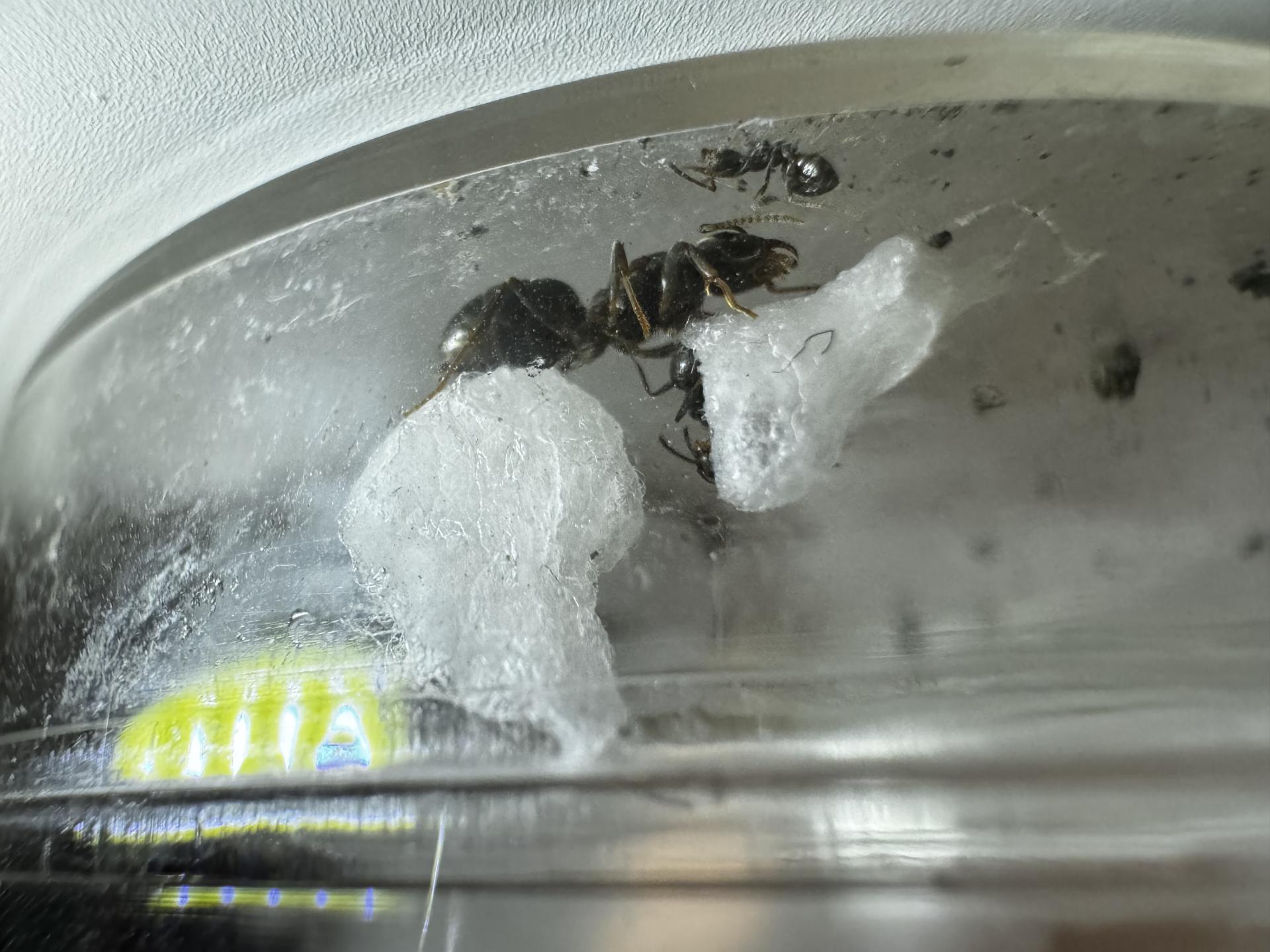So my L. niger colony’s queen died recently (abt 2 weeks ago) and I have also caught a lasius parasite, (L. umbratus to be precise) I am going to post photos later to see if I am right. Anyways, I want to Introduce the queen to the colony and I have heard that a queenless colony is more accepting to the parasitic queen.
Should I give her some workers for the colony to cull, then introduce her to the colony
please give me advice I am really clueless on what to do with the queenless colony
Currently keeping:
1x Formica subsericea, 35-40 workers + maybe eggs *New* 2x Camponotus nova, one has only larva
1x Crematogaster cerasi, All workers is ded  *extreme internal screaming* 1x Myrmica ruba sp around 10 workers + pupa
*extreme internal screaming* 1x Myrmica ruba sp around 10 workers + pupa
*New* 1x Temnothorax curvispinosus, 101 or something worker + 3 or 4 royal mom ants + pile of white ant worms
*As you watch your ants march, remember that every thing begins with a small step and continued by diligence and shared dreams* -A.T (which is Me)
Sadly due to unforeseen consequences, I will soon be giving away my colonies (I will miss them though  )
)

















